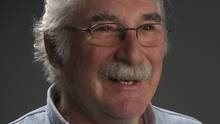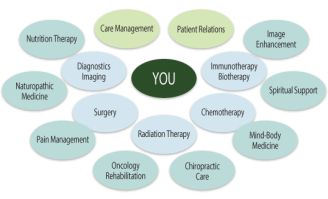Lives Lived – Ronald Gitelman, DC
Source Globe and Mail
by Howard Vernon, DC
Chiropractor, husband, father, outdoorsman, craftsman. Born Jan. 26, 1937, in Trenton, Ont., died Oct. 7, 2012, in Toronto from pancreatic cancer, aged 75.
Whether it was seeing a patient, delivering a lecture, casting his handmade fly rod, carving a piece of wood into a beautiful bowl or walking with his beloved granddaughter, Jennie, nobody did it better than Ron.
He had a zest for life, a love of each day, a sense of humanity, a passion to experience things, and the most engaging smile.
Growing up in a small town close to countryside, Ron had an affinity to nature his whole life. He was happiest in the country, and sought it out all his life.
He was a natural athlete. While playing tennis as a teen, he developed a shoulder problem and an orthopedic specialist told him he needed an operation and that his tennis career was over.
Ron could not accept this, so he rode his bike up the mountain to the office of a man whom the kids used to call a quack who broke bones. Ron thought perhaps the man could help him.
The man was named Dr. Halett, and he was Trenton’s chiropractor. He examined the shoulder, and had Ron back on the courts, free of pain, in two weeks.
That encounter ignited the spark that led Ron to the Canadian Memorial Chiropractic College.
After graduation, he devoted 40 years to his patients, his educational institution and the profession at large.
From 1963 to 1978, he made several fundamental contributions to chiropractic science: He developed the first scientific database for chiropractors; delivered a lecture at the 1975 National Institutes of Health conference on spinal manipulation, one of the few chiropractors to speak there; and was instrumental in developing chiropractic research.
Ron continued to practise until 2007, when he retired to his cherished chalet in the Beaver Valley near Georgian Bay, where he could devote all his time to his family, his many pastimes and his love of nature. He contributed greatly to the maintenance of the Beaver River.
Ron revelled in the successes of his children, who grew up to be a world-renowned bridge player, a nature conservationist and a teacher. He loved nothing more than to have his close and extended family enjoy the chalet and all the outdoor experiences it provided.
As Ron’s final illness emerged, he said he’d had a great go at life and his bucket was empty, though he thought there might be one last “permit” still in the bucket (still hoping to catch the big one!).
He challenged his illness like he did every other problem in life – head-on and with a sense of determination.
We know that Ron would want us to catch and release, stop and smell the forest, laugh at a good joke and celebrate life the way he did.
We lost a great friend, healer and teacher.
Howard Vernon is Ron’s friend.


